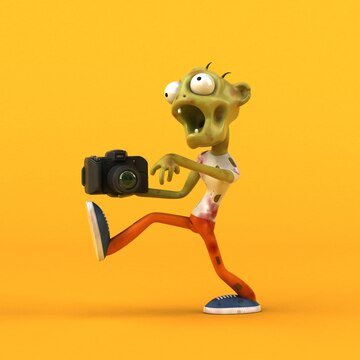Introduction: Animation is a captivating medium that combines artistry, technology, and storytelling to bring characters and worlds to life. From hand-drawn classics to cutting-edge computer-generated imagery (CGI), animation has evolved into a versatile and influential form of visual expression. This article explores the rich history, innovative techniques, and cultural impact of animation.
History of Animation
- Early Beginnings: The history of animation dates back to ancient times, with early examples found in cave paintings and ancient artifacts depicting sequential images.
- Pioneering Innovations: The invention of devices such as the thaumatrope, phenakistoscope, and zoetrope in the 19th century laid the groundwork for modern animation techniques.
- Golden Age of Animation: The early 20th century witnessed the rise of animation studios such as Disney, Warner Bros., and Fleischer Studios, producing iconic characters and animated shorts.
- Technological Advancements: The advent of computer animation in the late 20th century revolutionized the industry, enabling filmmakers to create complex and realistic animations.
Techniques of Animation
- Traditional Animation: Hand-drawn animation involves creating individual frames by hand and then photographing or digitally scanning them to create the illusion of movement.
- Stop Motion Animation: Stop motion animation involves manipulating physical objects or puppets frame by frame to create movement.
- Computer-generated Imagery (CGI): CGI animation utilizes computer software to create realistic 3D animations, often used in feature films, television shows, and video games.
- Motion Capture: Motion capture technology records the movements of actors or objects and translates them into digital animation, adding realism to animated characters.
Cultural Impact of Animation
- Entertainment: Animation provides audiences with a wide range of entertainment options, from family-friendly cartoons to mature-themed animated films and series.
- Education: Animated educational content can make complex topics more accessible and engaging for audiences of all ages.
- Global Influence: Animation transcends cultural and linguistic barriers, reaching audiences around the world and fostering cross-cultural understanding.
- Artistic Expression: Animation allows artists to explore diverse visual styles, storytelling techniques, and thematic elements, pushing the boundaries of creativity and imagination.
Future of Animation
- Advancements in Technology: Continued advancements in technology, such as virtual reality (VR) and augmented reality (AR), are reshaping the future of animation and immersive storytelling.
- Accessibility: The democratization of animation tools and platforms allows aspiring animators and storytellers to create and share their work with global audiences.
- Diversity and Inclusion: The animation industry is increasingly embracing diverse voices, perspectives, and representation, leading to more inclusive and authentic storytelling.
Animation is a powerful medium that has captivated audiences for generations. Through its innovative techniques, compelling storytelling, and cultural impact, animation continues to push the boundaries of creativity and inspire audiences around the world. As technology evolves and storytelling techniques evolve, the future of animation holds endless possibilities for artistic expression and storytelling.










































